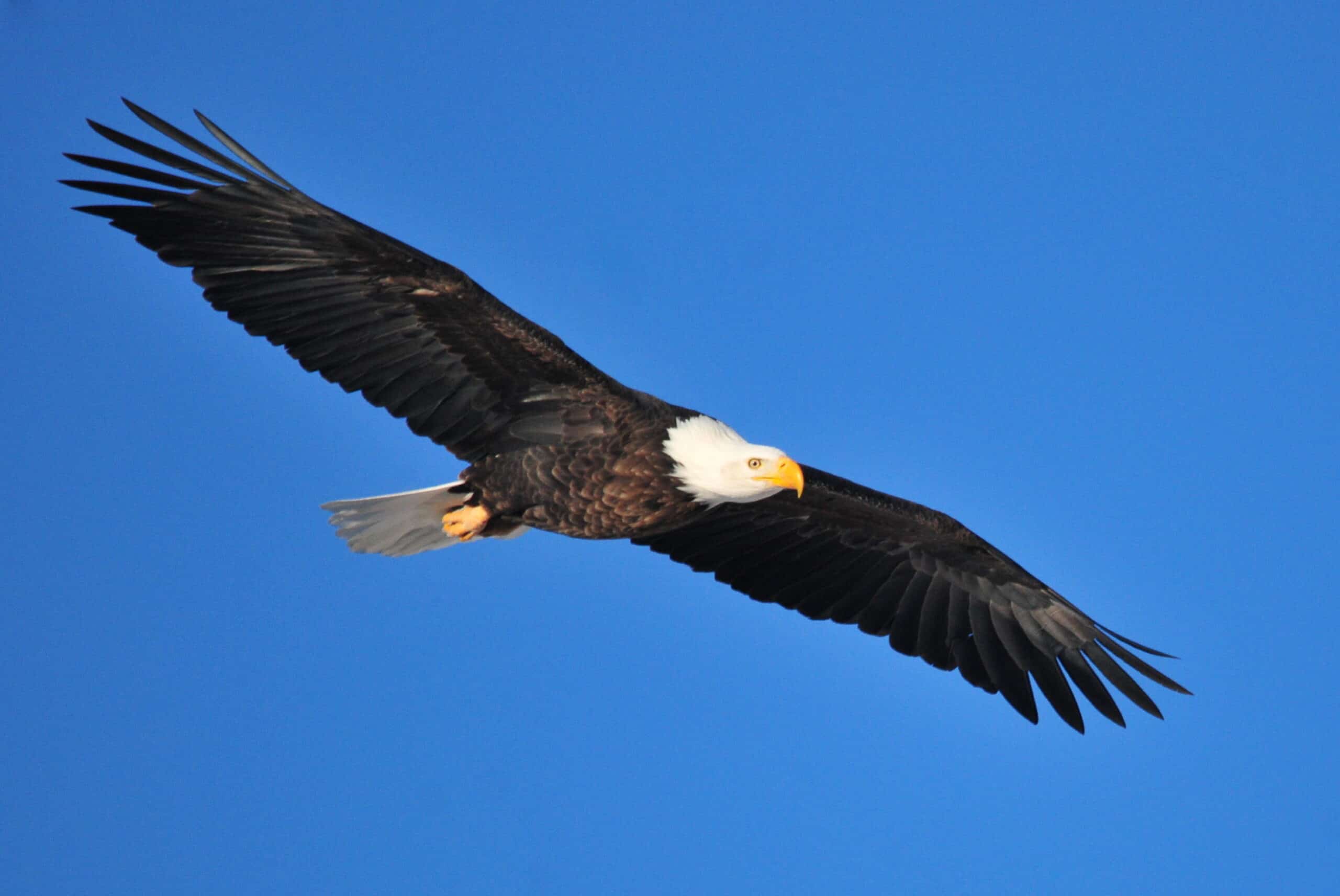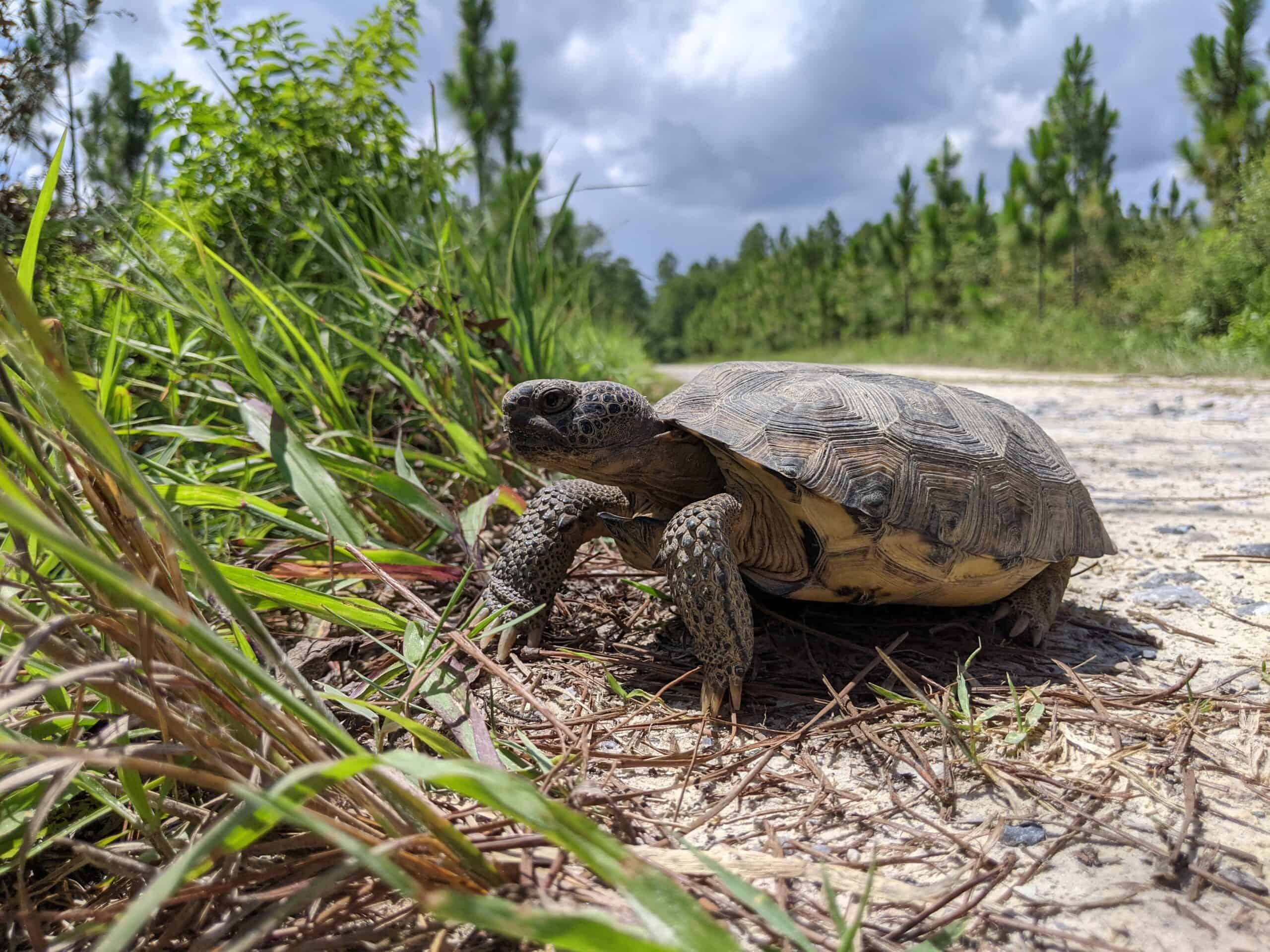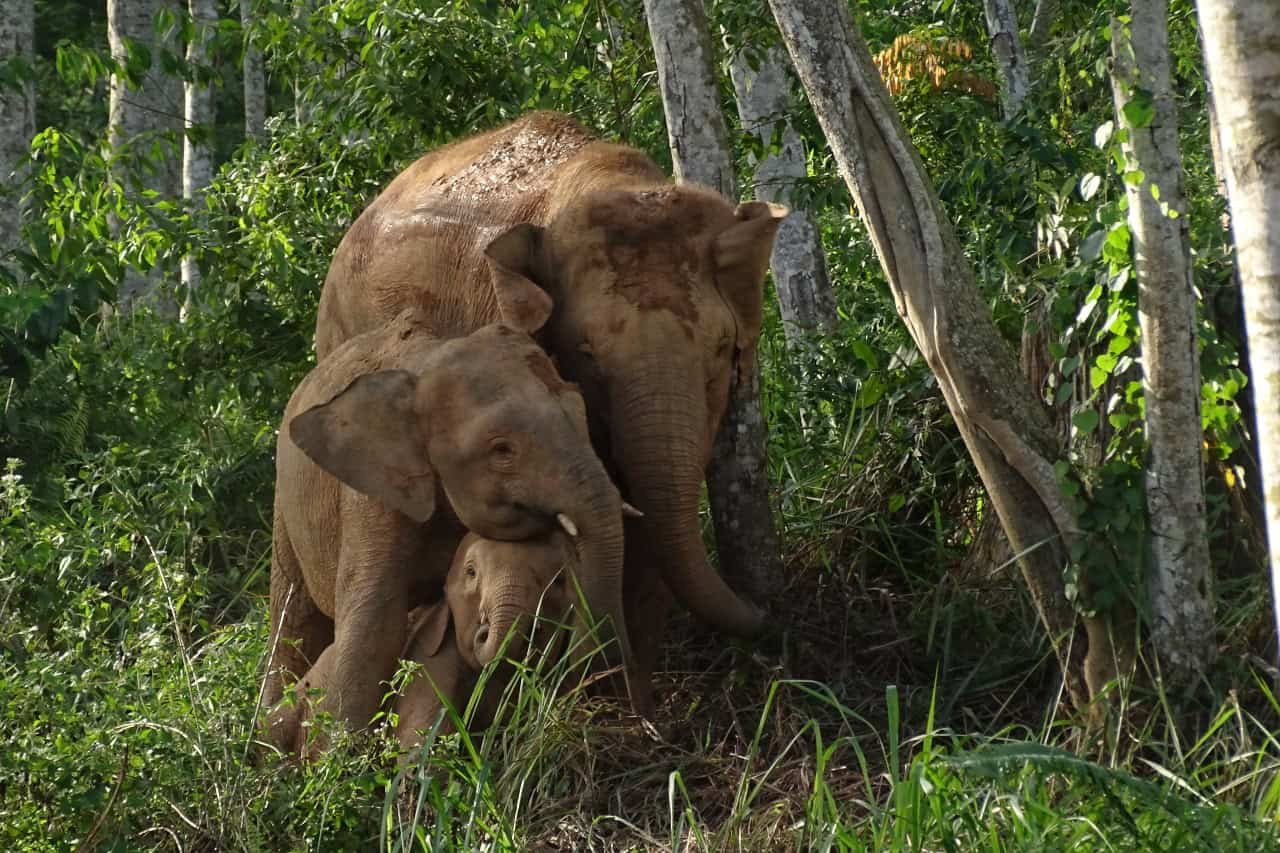Share this article
TWS welcomes 2023 ESA proposed rule changes
These revisions dial back changes in 2019 that TWS expressed concern about
The Wildlife Society is supporting proposed changes to the Endangered Species Act that deal with the economics of listing species, designating critical habitat, and protecting threatened species.
The Society submitted comments to the U.S. Fish and Wildlife Service on Aug. 21 endorsing these three proposed revisions pertaining to sections 4, 4(d), and 7 of the ESA. In some circumstances, the proposed rule changes address those the Trump Administration enacted in 2019 that TWS expressed concerns about.
In its comments, TWS supported the proposed revisions in section 4 allowing the USFWS to designate unoccupied habitat as critical habitat for threatened and endangered species. The Society also clarified the insignificant role economic impacts play when listing and delisting species.
The Wildlife Society believes these changes will improve the USFWS’ ability to factor in climate change when determining and designating critical habitat and ensure that decision making under the ESA remains grounded in the best available science.
In 2018, TWS expressed concern over language proposed and later finalized by the Trump administration indicating that economic impacts of listings would be considered in the decision-making process under section 4 of the ESA. The Wildlife Society has long stated that the listing and delisting process should be made using the best available science.
Lastly, USFWS’ proposed rule would restore the “blanket rule” implementation of protections for threatened species under section 4(d) of the ESA, a decision embraced by TWS in its recent comments. The blanket rule would extend section 9 ESA protections—which apply to species listed as endangered—to threatened species, specifically protecting threatened species from import, export and intentional take.
The Wildlife Society demonstrated major concern regarding the 2019 decision to eliminate section 4(d) of the ESA. In its letter to the Service in 2018, TWS stated that removal of the blanket rule could: “1) prevent newly listed threatened species from receiving any protection from take under the ESA, or 2) mandate USFWS to more than double its output of species-specific rules. A lack of regulatory protections could hinder recovery of the species.”
The Wildlife Society’s comments were among 100,000 collective comments on the three revisions during the public comment period. The USFWS will now finalize rule language based on the feedback received during the public comment period. The Wildlife Society will inform members when these changes to ESA implementation are expected to go into effect and continue to engage in ESA rulemaking recommendations going forward.
Header Image: A bald eagle on Seedskadee National Wildlife Refuge. Credit: Tom Koerner/USFWS








